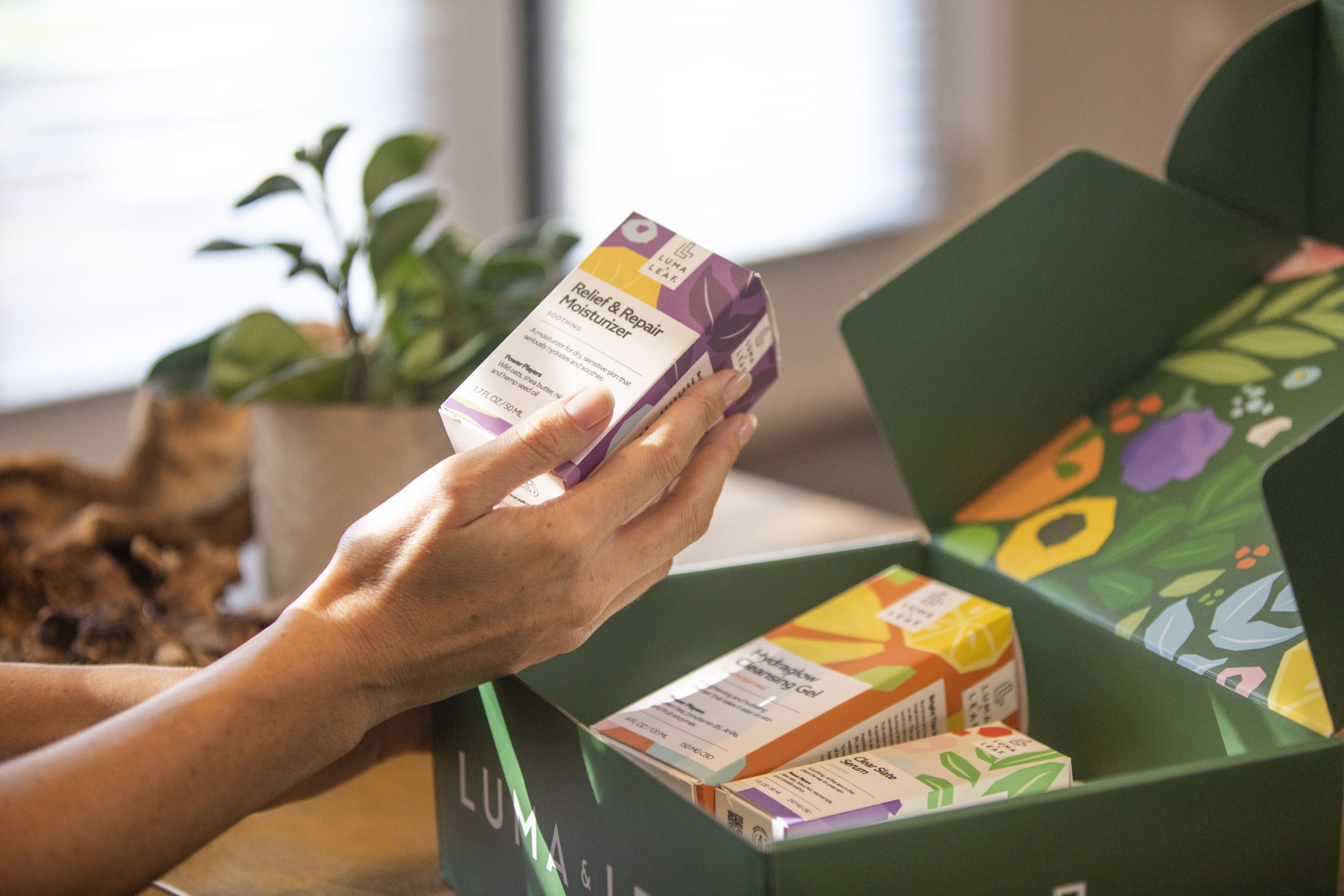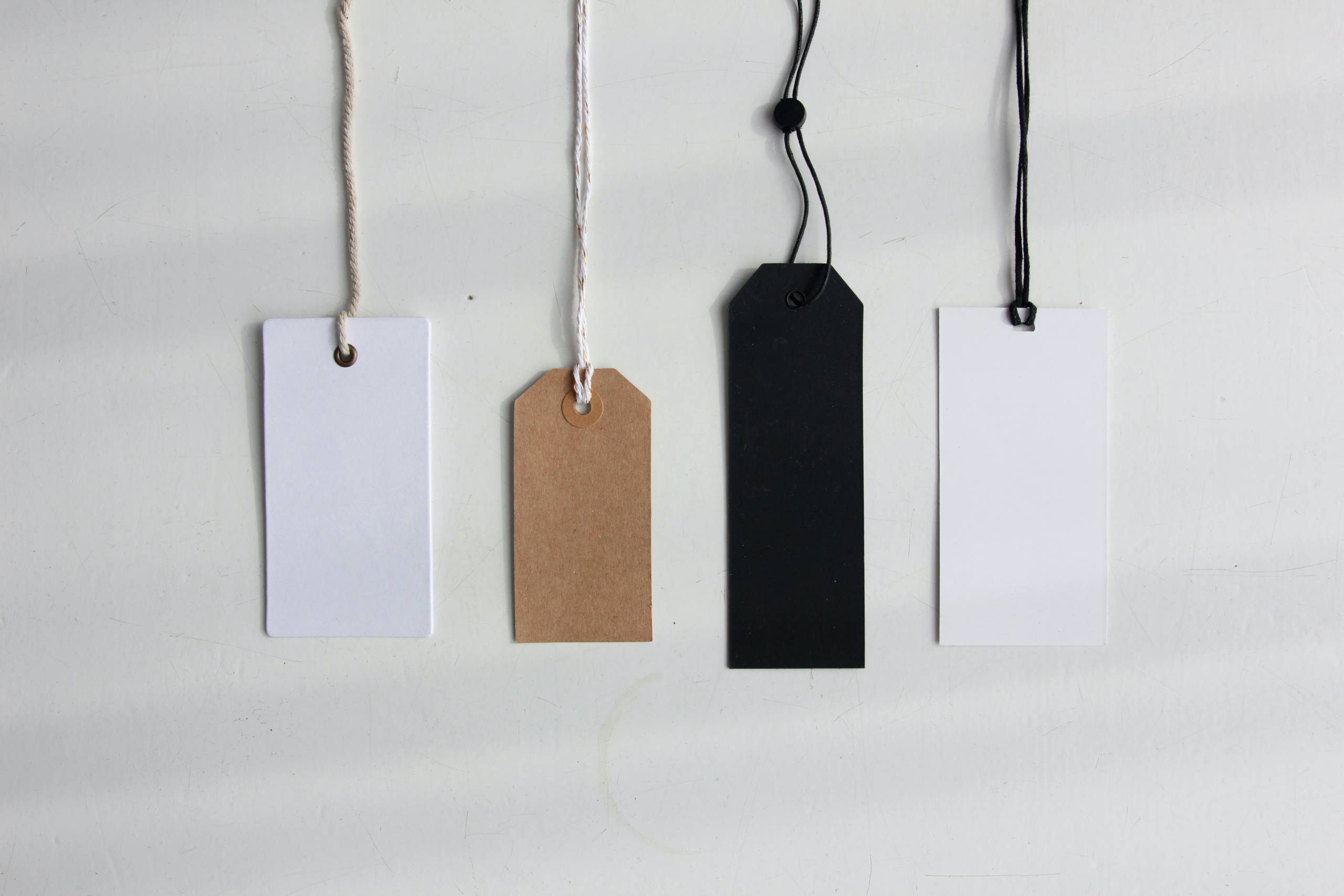As a consumer insights agency, we employ a number of quantitative and qualitative research methods to help our clients make data-driven decisions. We find that DTC and CPG brands often fail to spend much time researching product pricing. These businesses generally fall into two camps:
- Some companies want to set prices very low to beat the competition. This strategy often backfires because consumers may think a too-low-to-be-true price signals poor quality. Sometimes, low prices may encourage lots of sales, but they might not generate enough revenue to offset costs and sustain business growth.
- Prices set too high may discourage consumers who don’t believe the product’s value justifies the cost. That’s particularly true if consumers can easily find the same or similar products elsewhere.
How to use the Van Westendorp Index to find the right price
For our work as a quantitative marketing research agency, we often organize surveys or focus groups to gather useful data for setting prices. One of the marketing research techniques we rely on, the Van Westendorp Index, narrows down the price customers would willingly pay to a range.
Also called the Price Sensitivity Model, the Van Westendorp Index starts with a set of four survey questions:
- Which low price might make you question the product’s quality?
- Which price would make you consider the product a bargain?
- Which higher price might make it begin to appear expensive?
- Which higher price would discourage you from buying because of the cost?
Conjoint.ly develops analysis tools for marketing research. According to the Conjoint.ly blog, samples should include a minimum of 200 survey takers. That helps ensure statistically significant results. Ideally, marketers should either survey current customers or members of the likely target market. Consumers who would actually consider buying the product can offer better answers than random people.
To analyze the data:
- Plot the answers for each question on a graph.
- Marketing research analysts refer to the intersection of the “question quality” and “too expensive” lines as the optimum price point, or OPP.
- Test the OPP and values around it to derive the real-world optimum price.
Example of employing the Van Westendorp Model for Luma & Leaf

We served as a consumer marketing agency for Luma & Leaf, a DTC natural skincare brand. We employed qualitative and quantitative research techniques to find answers to a range of questions, including packaging, brand messaging, and introductory price points.
Luma & Leaf manufactures products with high-quality, clean, and sustainably sourced ingredients. After completing the surveys and analysis, the company successfully positioned itself as a mid-level skincare brand. Their product’s quality and prices appeal to consumers who would pay somewhat more for quality but still would not budget for the most expensive brands.
The company could differentiate its products from cheap drugstore brands because of the sustainability, purity, and quality of ingredients, so consumers would pay somewhat more. At the same time, they set prices much lower than luxury brands to ensure they didn’t price themselves out of their target market.
Benefits of the Van Westendorp Pricing Model
Rebecca Sadwick works as a consultant for businesses about growth strategies. According to Ms. Sadwick, marketers used to introduce a product and ask customers how much they would pay for it. This method never worked well because:
- Studies found that survey takers tended to offer low-ball answers as if they wanted to bargain with the business for a better deal.
- Also, many people taking surveys can’t answer the question well because they don’t actually have skin in the game—emotion factors into most buying decisions.
The indirect series of questions about prices tend to produce better answers. Nobody can say exactly how much they will pay for a product at some point in the future. In fact, most shoppers would probably have a range of prices in mind and not one specific price. Survey takers can do a better job of estimating which price points they would find too-good-to-be-true, great deals, and prohibitively expensive.
How should companies use the Van Westendorp Model to set prices?
Even when a consumer insights agency offers a better way to estimate optimum price points by using the Van Westendorp Model, businesses should still test prices to find the real-world optimum. As with the example of Luma & Leaf, marketers should also understand the reasons for specific prices, such as the advantages the product offers over cheaper competitors.
Mostly, eCommerce businesses need to set prices high enough to earn revenues that will cover costs and return a decent profit but not so high that they discourage their target market. Marketers can use this kind of quantitative analysis when it’s time to set prices. Ideally, they will also conduct surveys while they’re still planning the product to ensure their sales will support business goals.

